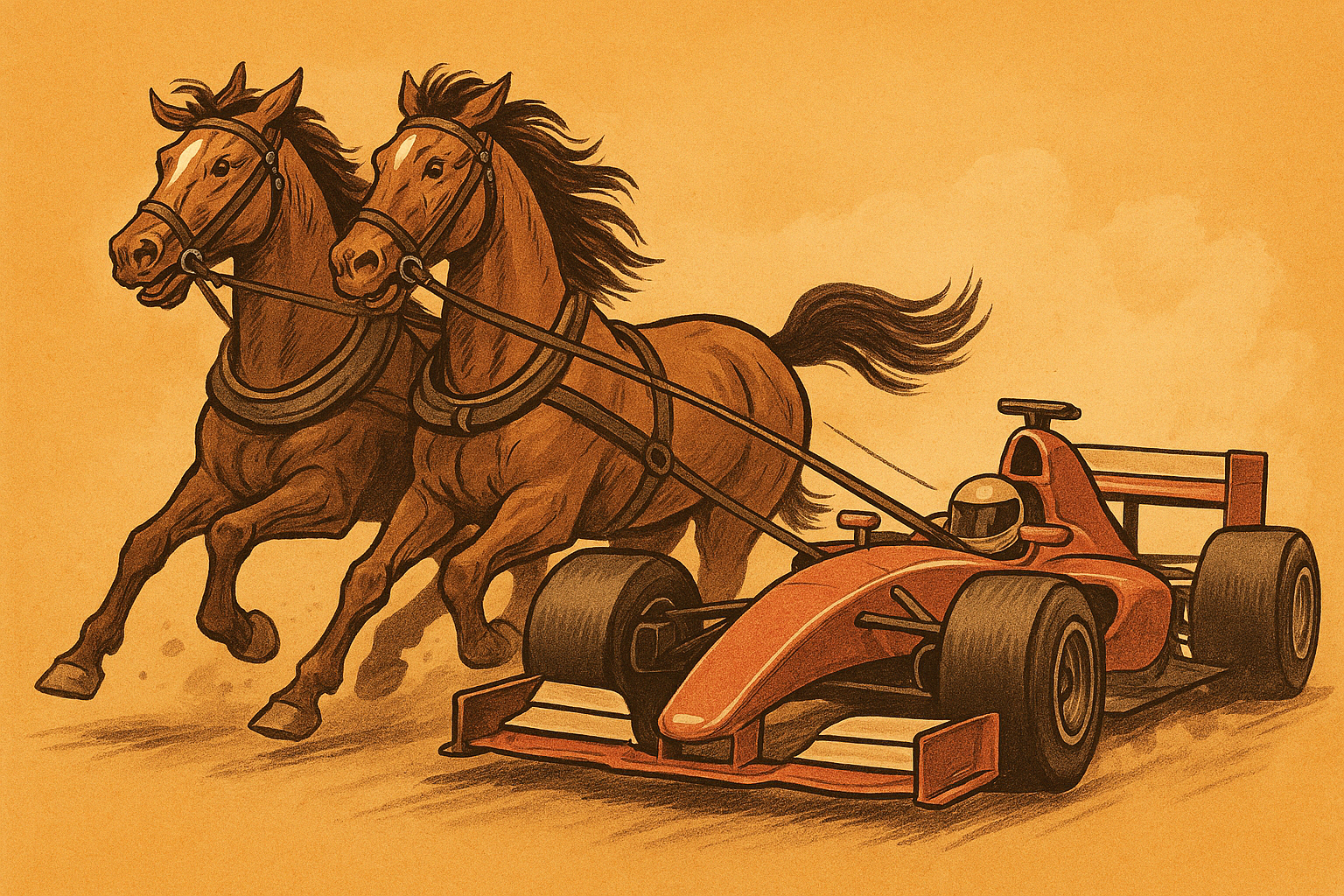Stop Wrapping AI Around the Past

Most AI tools today are focused on automating tasks we already know how to do.
They take familiar interfaces like flowcharts and forms, add a layer of AI, and call it progress. But at their core, these tools are still grounded in the legacy systems of buttons, triggers, and checklists. They mimic old patterns with a new engine.
That is not enough.
We do not need AI to trace the workflows we already mapped. We need AI to reshape how work actually gets done.
If you look at many of today’s popular tools—like N8n, Lindy, and others—you will notice a common thread. They all treat AI like a component to slot into existing diagrams. But real work does not happen in diagrams. It happens in flow. Not workflows. Just flow.
When people get things done, it is rarely a perfect series of steps. It is a blend of context, instinct, and adaptation. We shift directions, react to changes, and make decisions in motion.
So what would it look like if we designed tools from an AI-first perspective?
What if intent, context, and adaptability were the starting points?
The next generation of tools should not just automate checklists. They should understand goals. They should interpret context. They should orchestrate outcomes.
We need to move beyond automation for automation’s sake. It is time to stop wrapping AI around the way we worked in the past and start building for how we could work next.